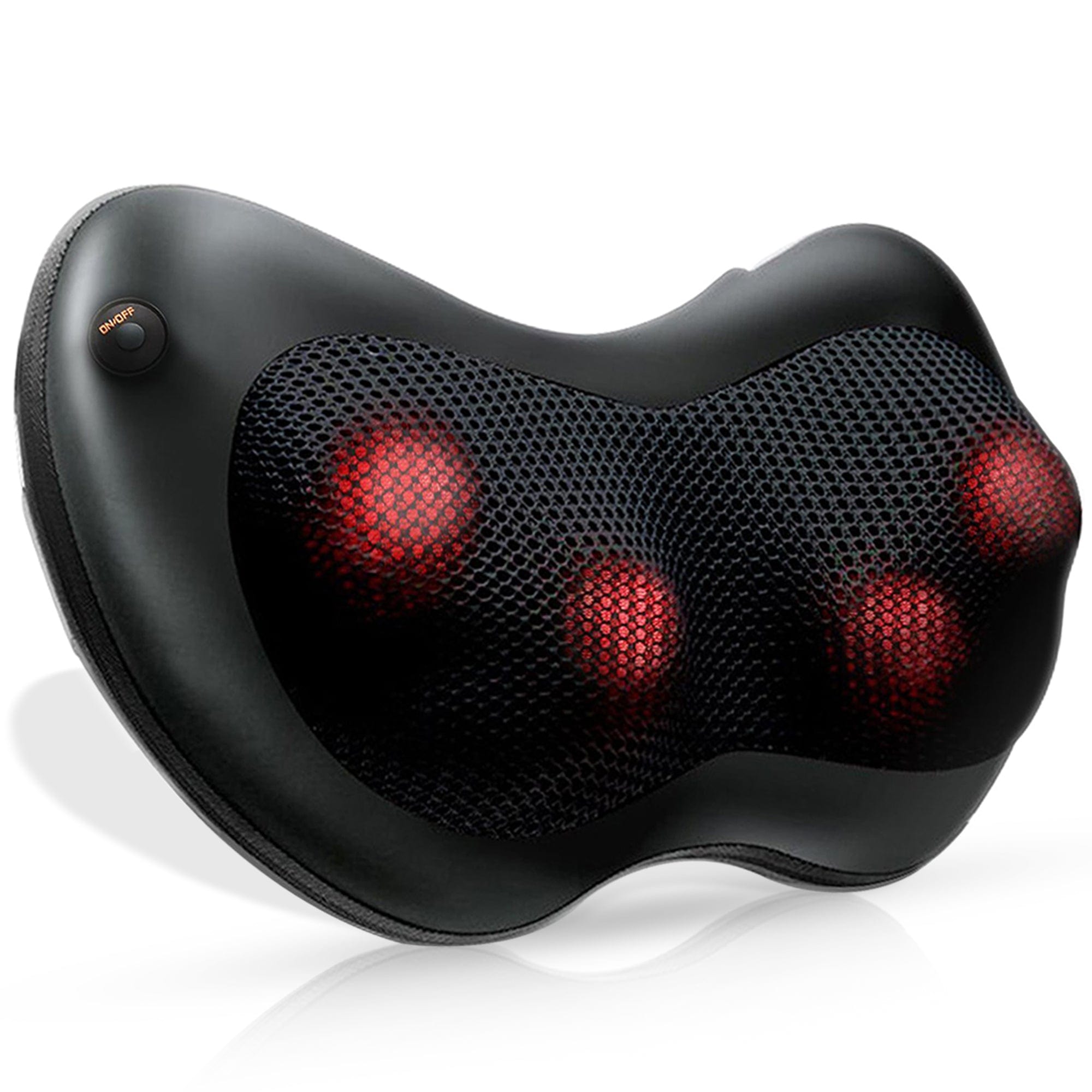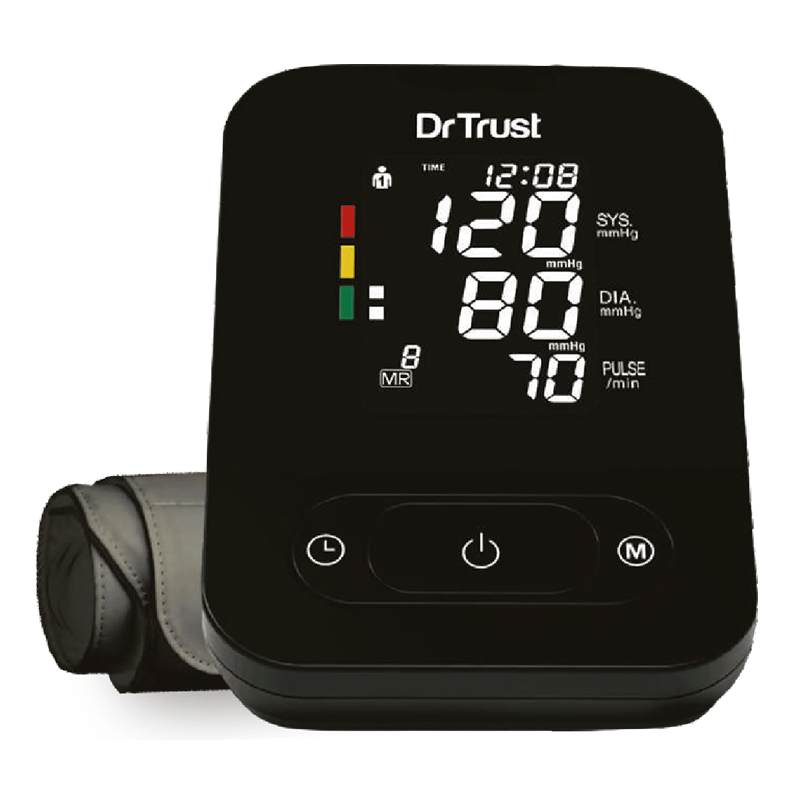Hot and cold gel pads can be a useful tool for athletes and sports persons in managing injuries, reducing pain and inflammation, and improving recovery.
Sports injuries are common among athletes and active individuals. They can be painful, uncomfortable, and can interfere with daily activities. Fortunately, hot and cold gel pads can be used to help alleviate the pain and inflammation associated with sports injuries. In this article, we'll discuss how to treat sports injuries using hot and cold gel pads.
Using Hot Gel Pads
Hot gel pads can be used to treat sports injuries by increasing blood flow to the affected area. This increased blood flow helps to deliver oxygen and nutrients to the injured tissues, which can help to speed up the healing process. Hot gel pads can also help to relax tight muscles, which can be beneficial for injuries that involve muscle strains or sprains.
To use a hot gel pad, start by heating it up according to the manufacturer's instructions. Most hot gel pads can be heated in a microwave or by placing them in hot water. Once the pad is heated, wrap it in a towel to prevent burns and apply it to the affected area. Leave the hot pad on for about 20 minutes at a time, and repeat this process every 2-3 hours as needed.
Using Cold Gel Pads
Cold gel pads can be used to treat sports injuries by reducing inflammation and swelling in the affected area. This can help to alleviate pain and discomfort, and can also help to prevent further injury by reducing the amount of stress placed on the injured tissues. Cold gel pads are typically used for acute injuries, such as sprains, strains, and bruises.
To use a cold gel pad, start by placing it in the freezer for at least two hours. Once the pad is cold, wrap it in a towel to prevent frostbite and apply it to the affected area. Leave the cold pad on for about 20 minutes at a time, and repeat this process every 2-3 hours as needed.
Combining Hot and Cold Therapy
In some cases, it may be beneficial to use both hot and cold therapy to treat a sports injury. This is known as contrast therapy, and it involves alternating between hot and cold treatments to help promote healing and reduce inflammation.
To use contrast therapy, start by applying a cold gel pad to the affected area for 20 minutes. Then, remove the cold pad and apply a hot gel pad to the same area for another 20 minutes. Repeat this process several times, alternating between hot and cold treatments, for a total treatment time of about 60-90 minutes.
Precautions and Tips
When using hot and cold gel pads to treat sports injuries, there are a few precautions and tips to keep in mind:
1. Always follow the manufacturer's instructions for heating or cooling the gel pads.
2. Always wrap the gel pads in a towel before applying them to the skin, to prevent burns or frostbite.
3. Never apply hot or cold therapy directly to an open wound or to an area with decreased sensation or circulation.
4. If you have diabetes or any other medical condition that affects circulation, consult your doctor before using hot and cold therapy.
5. If you experience any adverse reactions, such as increased pain or swelling, discontinue use and consult your doctor.
6. Remember to rest and elevate the affected area as needed, and to avoid activities that may exacerbate the injury.
Conclusion
Hot and cold gel pads can be effective tools for treating sports injuries. By using hot therapy to increase blood flow and cold therapy to reduce inflammation, athletes can promote healing and reduce pain and discomfort. By following the precautions and tips outlined in this article, athletes can safely and effectively use hot and cold gel pads to help recover from sports injuries. Dr Trust offering hot & cold gel packs large and medium size designed to provide pain relief and therapy for injuries or muscle pains. They remains flexible and suitable for various body parts such as the neck, shoulder, back, and knee. They are reusable and easy to clean, making them a convenient and cost-effective option for home therapy.















